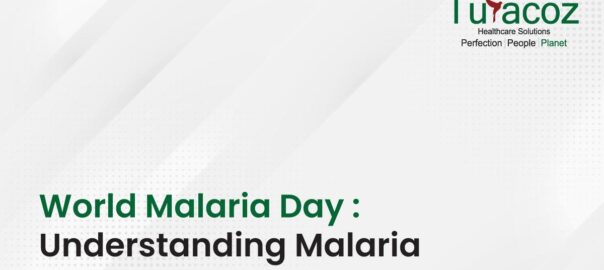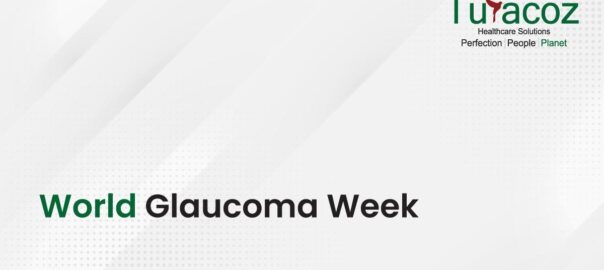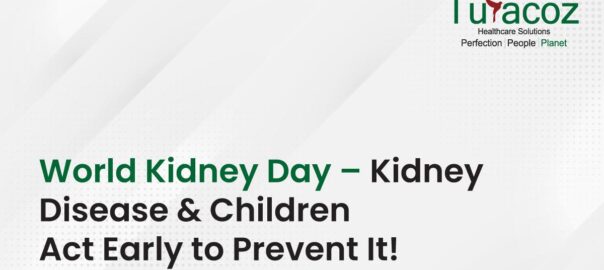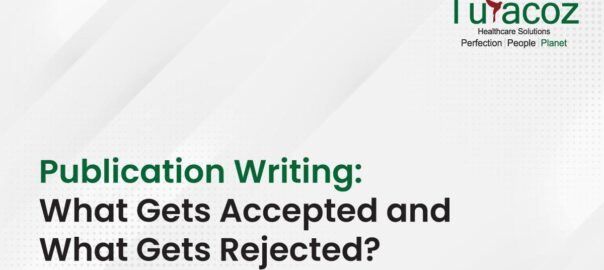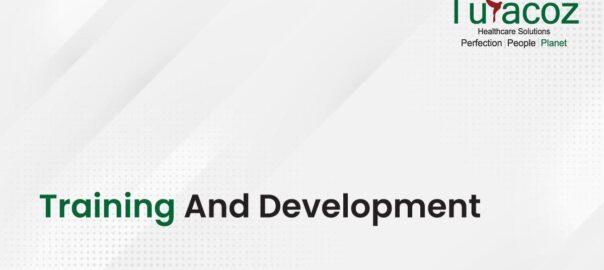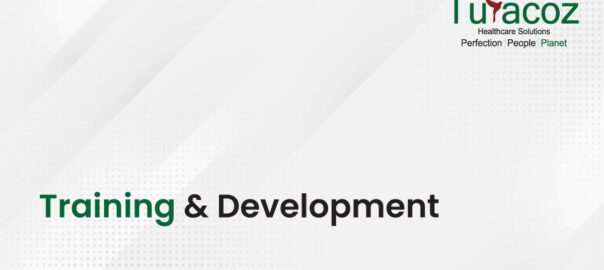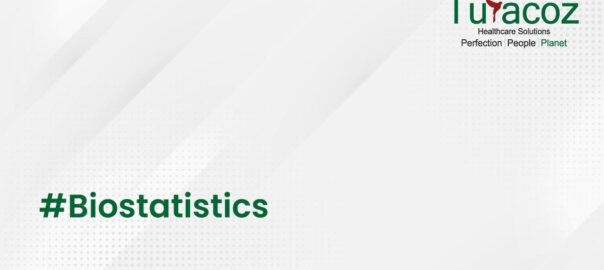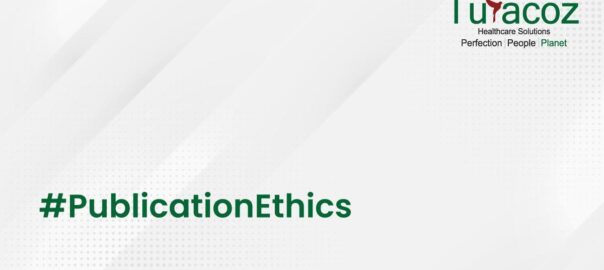Introduction to Medical Writing
Medical writing involves producing clear, precise documents of high quality to effectively communicate scientific, medical, and clinical data to a wide range of target audiences. It also includes regulatory writing and medical communications. With the constant advancements in clinical research, large amounts of data must be translated to target audiences such as regulatory authorities, healthcare professionals, patients, and the general public in a clear, explicit, and well-structured format. Apart from thorough technical knowledge, a medical writer must have excellent writing skills to convey complex scientific information credibly and clearly.
Types of Medical Writing

Clarity in Medical Writing
Clarity is the most valued quality required in medical writing to ensure that the audience perceives correct information without any ambiguity. Lack of clarity is the major issue affecting timely submission of research/regulatory documents, publication acceptance rate, and, accessibility of scientific information to health care providers and patients.
Eight Ways to Improve Clarity in Medical Writing:
- Clear and Concise Language:
- Writing in clear language makes a document easy to understand and increases readability. It is advisable to use simple words to convey accurate information; using sophisticated words often results in confusion and misinterpretation of data. The best practice is to write simple, short sentences containing one idea per sentence for easy interpretation and keeping it concise by using fewer words to communicate necessary information without eliminating any important data.
- Avoid Jargons:
- Using jargon may hinder effective communication especially when the target audience are non-experts in the field of interest. Though experts like scientists or health care providers are aware of medical jargons, it is always recommended to use simpler words and phrases for better communication.
- When writing for non-experts such as the general public, it is best to avoid jargons completely. For example, writing ‘fast heart rate’ instead of tachycardia, ‘muscle pain’ instead of myalgia, makes it easier to understand.
- Avoid Redundancy:
- Contrary to the assumption that using more words enhances clarity, it may in fact distract the reader from the original idea. It merely adds length to the document without providing any additional information. Do not repeat information that is already presented in the form of tables and figures. This can be achieved by limiting the overuse of synonyms, double negatives, and intensifiers.
- Know your Audience:
- A medical writer offers services to a diverse range of audiences including clinical and regulatory authorities, physicians, patients, and general public. For effective communication, the scientific content has to be tailored according to the target audience. Even cutting-edge research would not leave an impact on the industry experts if it is not documented to suit their level of comprehension. Similarly, when writing for non-experts, the use of plain language is advised to enhance accessibility. Graphical presentation or images can be considered as a good option to convey complex information in a simpler way.
- Active over Passive Voice:
- Medical writers are encouraged to write in active voice for clarity. It helps to present data in a simple, straightforward, and concise manner.
- Grammar and Spellings:
- Good grammar is instrumental to clear and effective medical writing. Grammatically accurate paper conveys precise meaning and in turn keeps the audience engaged. Proper use of punctuations, hyphens, commas aids facilitate comprehensive communication. Similarly, avoiding spelling mistakes helps decipher the right information; a single error in spelling may change the entire meaning of the sentence. A common challenge experienced is with homophones (words with same pronunciation but different meaning); one needs to be vigilant to avoid misinterpretations.
- It is also important to consider whether to write in British English or US English depending on the target audience and maintain consistency throughout the document.
- Formatting:
- A well written report without proper formatting appears misconstructed. Often standard documents are required to comply with specific regulatory formats. Implementing client specific formatting guidelines aids in improving clarity thereby increasing the level of acceptance.
- Proofreading:
- Once the document is written, proofreading the entire work is extremely critical to check for any inconsistencies or errors in spelling, grammar, abbreviations, capitalizations, and formatting. This step significantly aids in the dissemination of clear, accurate scientific information.
Conclusion
Medical writers play a crucial role in knowledge transfer among scientists, industry experts, healthcare providers, and the public. Accurate interpretation of sophisticated data is essential for good understanding. Articulating well-structured, precise documents can be achieved by implementing various techniques for improving clarity in medical writing.
Medical Writer: Trusted Partner for Medical Affairs Webinar
To get more detailed insights about Medical Writing, we encourage you to register for our upcoming live webinar on 8th January 2022: Webinar Registration Fee (razorpay.com).


